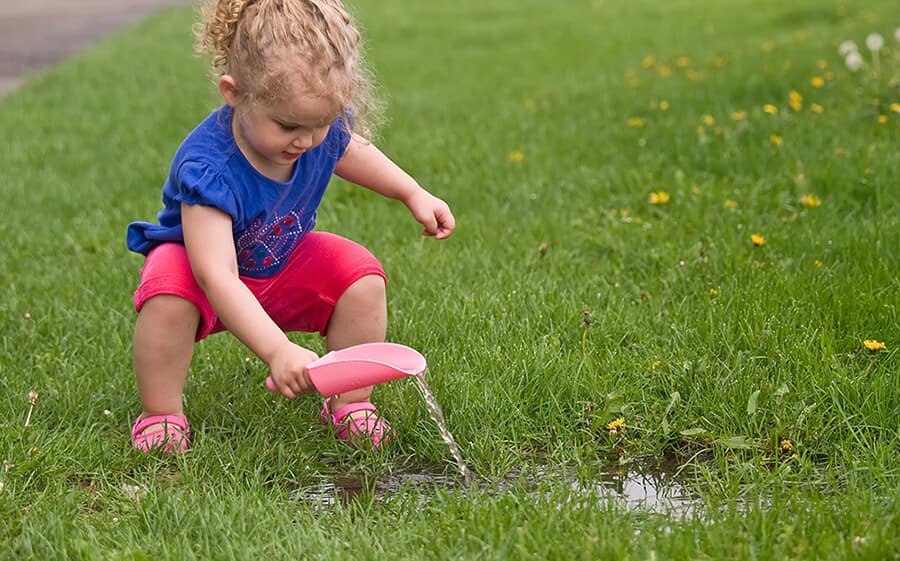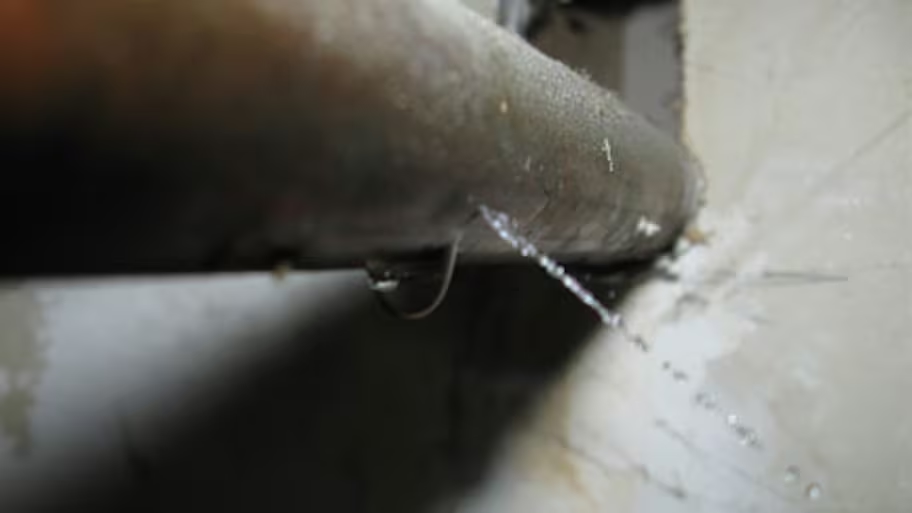Expose Typical Causes of Leakage Inside The House
Expose Typical Causes of Leakage Inside The House
Blog Article
What're your opinions about How Fast Water Damage Can Ruin Your Home?

Leaks not only create waste of water yet can also trigger unnecessary damage to your house and promote unwanted natural growth. Water leaks may go undetected since many of the pipework in our home is hidden. By looking and recognizing for everyday scenarios that create leaks, you can shield your home from future leaks and unneeded damages. Today, we will consider 6 leak creates that might be causing your pipelines to trickle.
Immediate temperature changes.
Extreme temperature adjustments in our pipes can trigger them to increase and contract all of a sudden. This expansion and also tightening might trigger cracks in the pipelines, specifically if the temperature level are below cold.
Corroded water systems
As time goes by, your plumbing system ages and also corrosion such as rust might start eating away the pipes. This might be the root cause of discoloration or warping on your pipes. This calls for an assessment with your plumber promptly. Think about replacing the pipelines since they are at a greater danger of corrosion than the newer designs if our plumbing system is old.
Malfunctioning Pipeline Joints
The factor at which your pipes link is regularly the weakest web link in the waterline. Pipe joints can wear away over time, resulting in water leakages. The bulk of pipe joints are not conveniently visible. If you have loud pipelines that make ticking or banging sounds, particularly when the warm water is turned on, your pipe joints are most likely under a great deal of pressure. It is a good idea to have your plumber check your system annually.
Elbowing in origins
Many water leakages begin outside your house as opposed to inside it. If you see an abrupt decrease in water stress, say in your faucet, require time to head out as well as examine your backyard. You may see damp patches or sinkholes in your yard, which might suggest that tree roots are attacking water lines triggering water to seep out. You can have your plumber look for breach, especially if you have trees or shrubs near your residential or commercial property.
Poor Water Connectors
At times, a leakage can be created by loose hose pipes and also pipelines that provide your appliances. In instance of a water connections leak, you may observe water running straight from the supply line or pools around your appliances.
Blocked Drains
Obstructed drains pipes may be annoying and inconveniencing, yet they can occasionally end up triggering an overflow bring about break pipes. Keep getting rid of any type of products that may drop your drains that could obstruct them to avoid such hassles.
All the above are sources of leaks but not all water leaks arise from plumbing leakages; some leakages might originate from roof covering leaks. All leakages should be fixed quickly to prevent water damages.
Leakages not only trigger waste of water but can also cause unneeded damages to your house and advertise undesirable organic growth. By looking as well as comprehending for day-to-day situations that cause leakages, you can shield your house from future leakages and unneeded damage. Today, we will look at 6 leak creates that may be creating your pipelines to drip.
At times, a leak can be caused by loose tubes and pipes that provide your home appliances. In case of a water connections leak, you might discover water running straight from the supply line or puddles around your appliances.
How To Check For Water Leak In Your Home
How To Check for Leaks
The average household's leaks can account for nearly 10,000 gallons of water wasted every year and ten percent of homes have leaks that waste 90 gallons or more per day. Common types of leaks found in the home are worn toilet flappers, dripping faucets, and other leaking valves. These types of leaks are often easy to fix, requiring only a few tools and hardware that can pay for themselves in water savings. Fixing easily corrected household water leaks can save homeowners about 10 percent on their water bills.
To check for leaks in your home, you first need to determine whether you're wasting water and then identify the source of the leak. Here are some tips for finding leaks:
Take a look at your water usage during a colder month, such as January or February. If a family of four exceeds 12,000 gallons per month, there are serious leaks.
Check your water meter before and after a two-hour period when no water is being used. If the meter changes at all, you probably have a leak.
Identify toilet leaks by placing a drop of food coloring in the toilet tank. If any color shows up in the bowl after 10 minutes, you have a leak. (Be sure to flush immediately after the experiment to avoid staining the tank.)
Examine faucet gaskets and pipe fittings for any water on the outside of the pipe to check for surface leaks.
Undetected water leaks can happen without the home or business owner even realizing. If you suspect a water leak, but not able to find the source. It is time to contact a professional water leak detection service, The Leak Doctor.
How To Find a Water Leak In Your Home
https://www.leakdoctor.com/blog/How-To-Check-For-Water-Leak-In-Your-Home_AE197.html

I ran across that entry about Most Common Causes of Leaky Pipes while browsing the web. Do you know another person who is in to the niche? Feel free to promote it. Many thanks for going through it.
Show Details Report this page